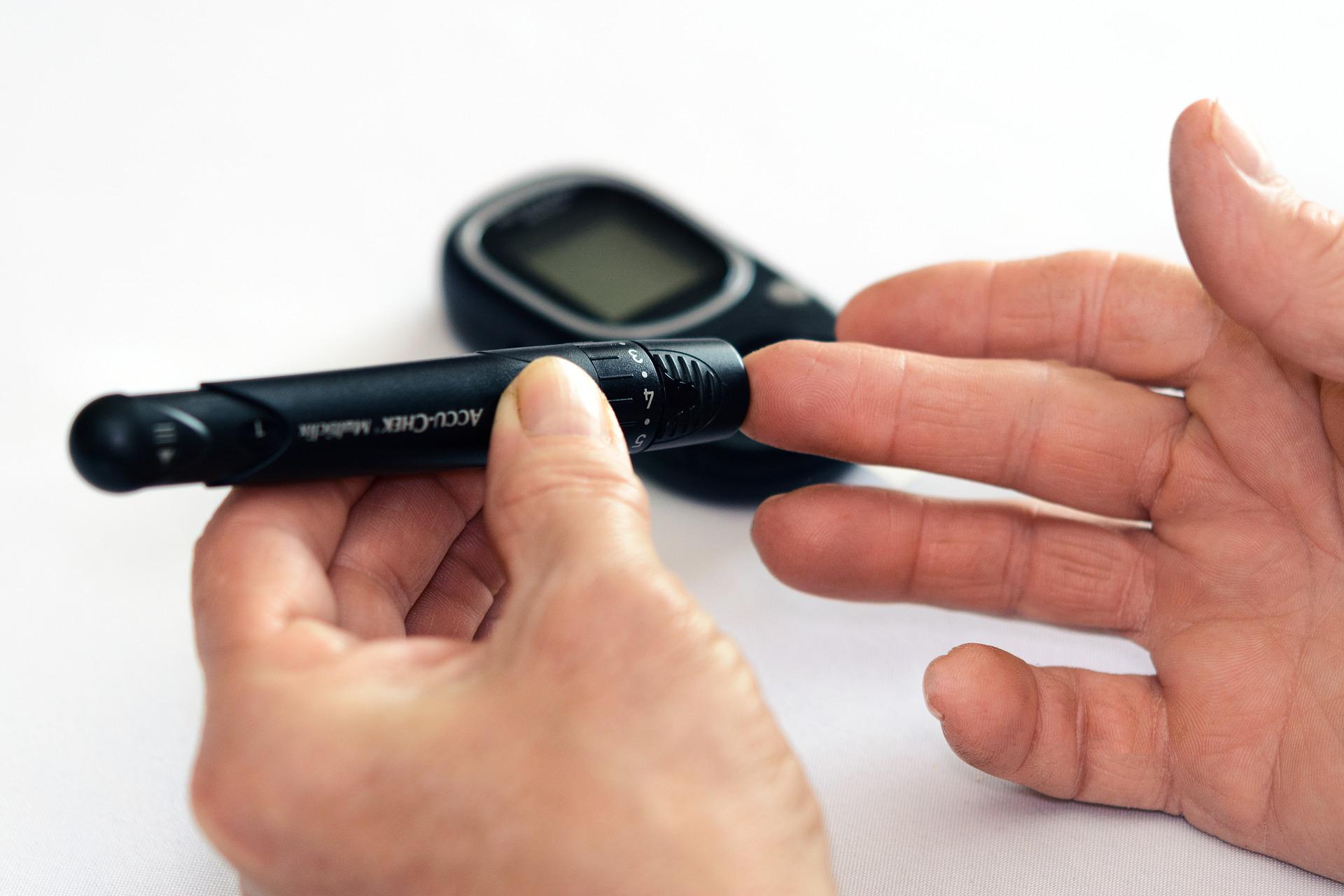Can Autoimmune Diseases be Treated with Light?
Autoimmune diseases, where the body attacks itself, are a curse for those who suffer from them. Depending on which part of the body is affected, the symptoms vary. If the joints are affected, it can result in rheumatism; if the intestines are affected, it may manifest as ulcerative colitis or Crohn’s disease. If the pancreas is attacked, it leads to type I diabetes. Therefore, it is of the utmost importance to minimize the risk of being affected. If one is already affected, it is of great value to minimize symptoms and the impact on health, as the disease often leads to secondary illnesses, reduced quality of life, and potentially a shorter life expectancy. Here is where Red Light Therapy is making strides!
What causes autoimmune diseases is still relatively poorly understood. There is a genetic predisposition to develop these diseases, but in general, the link is weak. For many of these diseases, risk factors related to diet, exercise, stress, and other lifestyle factors have been identified. Research has also shown that the risk of developing these diseases depends on the latitude where one lives. Farther north and south, the risk increases, while around the equator, it is virtually nonexistent for some autoimmune diseases.
For example, the risk of developing the autoimmune disease MS (Multiple Sclerosis) is many times higher at our latitudes compared to around the equator. The same trend can be seen for Crohn’s disease, which affects the intestines, and for type I diabetes. So, what does latitude have to do with it? One theory is that sunlight increases the production of vitamin D in the skin. Vitamin D has effects on the immune system, among other things, and it is known that its levels are strongly affected by sun exposure. However, recent research has shown that it is not vitamin D responsible for the disease-protective effects. Instead, it is believed that the effects come directly from the light itself.
Our bodies are, in fact, receptive to light, and the effect can be quite beneficial if the light frequencies and radiation levels are right. In our cells, we have several light-sensitive systems, including cytochrome C oxidase and light-sensitive calcium channels, among others. When stimulated, these systems lead to anti-inflammatory effects and promote the body’s healing processes.
Autoimmune diseases, such as psoriasis, are often treated with light therapies, and health trips with a lot of sun exposure have long been used as part of the treatment. The problem with natural daylight is that excessive amounts of the high-energy ultraviolet rays can damage our skin, accelerate skin aging, and increase the risk of skin cancer. However, Swedish research has shown that even though the risk of skin cancer increases slightly in those who sunbathe the most, their actual mortality decreases. You could say that if you survive malignant melanoma, it’s good to have a lot of sun exposure (1). Moreover, not all light frequencies are equally effective at penetrating the skin to activate the light-sensitive systems. This is because a lot of light is absorbed by skin pigment melanin and various proteins in the tissues.
Modern studies show that the most effective frequencies are within the red and infrared light spectrum because these are not absorbed as much by the aforementioned substances. Another important advantage of these frequencies is that they do not damage the skin or increase the risk of skin cancer and are likely responsible for the sun’s healing and anti-inflammatory properties. Red Light Therapy has also been shown to strengthen and optimize the immune system, which may, after all, be the strongest argument for treating people with autoimmune diseases. It is the immune system that has started malfunctioning and caused the disease in the first place.
Is it possible that light therapy can reduce the risk of developing autoimmune diseases? It is not known for certain today, but there is much evidence pointing in that direction, and more research is being published on the subject. There are undoubtedly interesting findings linking light exposure to the risk of developing such diseases, and Red Light Therapy also appears to alleviate symptoms with regular treatment. If you want to try this form of therapy, there are red and infrared lamps available for use at home. This type of light therapy is also not associated with any side effects, making it suitable for self-care.
Pelle G Lindqvist, Elisabeth Epstein, Mona Landin-Olsson. Sun Exposure – Hazards and Benefits. Anticancer Research April 2022, 42 (4), 1671-1677.
Author: Martin Brunnberg



